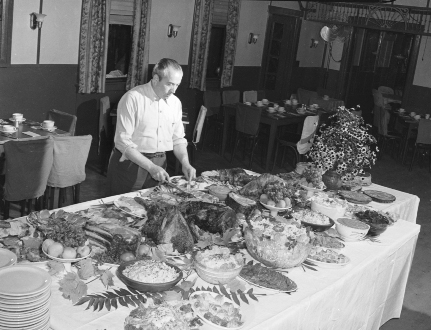Calling all bakers!
As you know we need a new roof and will be doing a lot of fundraising this year to pay for it. Our first event will be a bake sale at Freshtown (between Freshtown and CVS) on Saturday, Feb. 15 from 10AM to 2PM. Since it is Valentine’s Day weekend we think homemade chocolates and baked goods would be a great way to make some money for our roof fund. This is where all of you come in.
We need all of you great bakers to make the homemade goodies to offer for sale. And we need help to staff the table for one hour shifts. Anne Sanford will be coordinating the bake sale so could you please let her know by email, natty55@verizon.net, or phone, 607-326-4817 if you can make a goody and/or staff the table by Feb. 5 (or sooner if possible)?
Please package baked goods for sale so we can minimize handling. We’d appreciate it if you could price each item, too. It would be helpful if you can drop off your goody at Freshtown between 9 and 10 that morning. If you can’t, please email, or call Anne to make other arrangements.
Thanks for your help!







